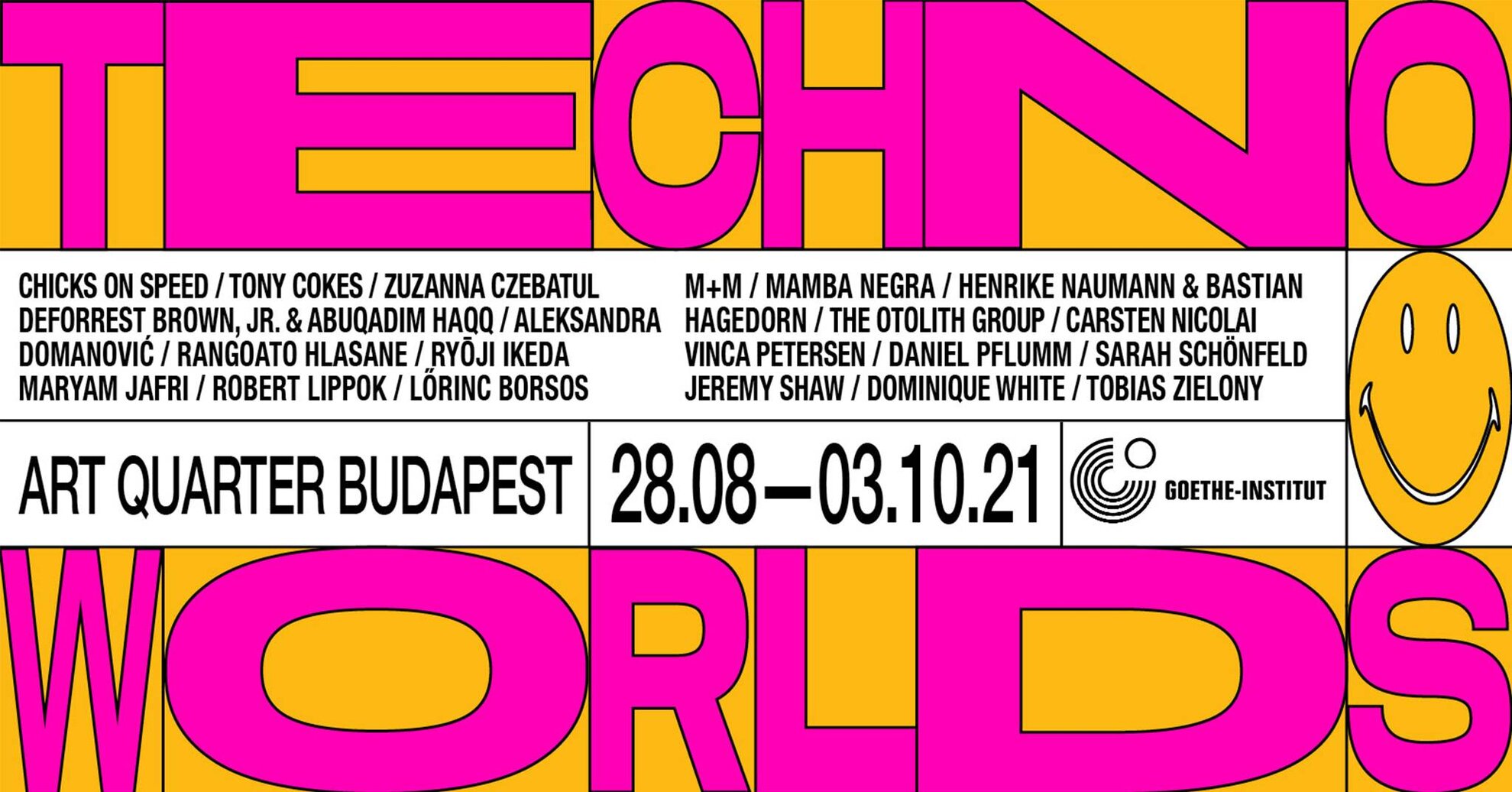As a global phenomenon, techno has not only shaped music history, it has also had a significant impact on culture in general. Its influences appear in various fields of art, pop culture, media consumption and technology. Techno has specific social, environmental and economic structures and can also serve as a political medium. This exhibition, organised in co-operation with the Goethe Institute and the Art Quarter Budapest, is being established in Budapest for the first time and will also be a travelling exhibition of international significance, presenting common areas and fault lines in fine art, music, pop, media and technology. The exhibition focuses on works of art that raise issues of commercialisation, digitisation and creativity at local and global level, underground and mainstream, politics and commerce. In Germany, techno acted as a link between East and West, and gained particular importance after the fall of the Berlin Wall. Berlin, and its Love Parade in the 1990s, became one of the most significant capitals of techno. In addition to the video installations, the exhibition arranges objects and sculptures side by side, with a separate documentation section, and fills several rooms of the Art Quarter Budapest from floor to basement, in addition to the AQB Project gallery space. The exhibition and its accompanying events provide a chance to reflect on the domestic connection points of fine arts and techno. Exhibiting artists include Chicks On Speed, Zuzanna Czebatul, Ryōji Ikeda and The Otolith Group.




